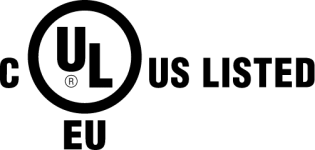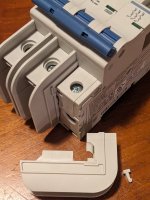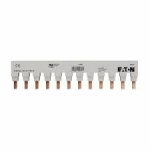brycenesbitt
Senior Member
- Location
- United States
I'm looking to learn more about the listing requirements for breakers under the NEC.
CE listed IEC 60898-1 and IEC 60947-2 mini DIN rail breakers are ubiquitous in Europe, and seen in a lot of imported equipment in the US and Canada.
The breakers seem to use mostly Curve C. While NEMA AB-1 is identical to UL489, UL489 differs slightly from the ICE standards.
-
What NEC concerns does this bring up? NEC Section 240.2 and 90.7 and 110.3 don't seem to be very specific.
"equipment has been listed by a qualified electrical testing laboratory in accordance with 110.3(C)." So do these CE marked breakers count?
CE listed IEC 60898-1 and IEC 60947-2 mini DIN rail breakers are ubiquitous in Europe, and seen in a lot of imported equipment in the US and Canada.
The breakers seem to use mostly Curve C. While NEMA AB-1 is identical to UL489, UL489 differs slightly from the ICE standards.
-
What NEC concerns does this bring up? NEC Section 240.2 and 90.7 and 110.3 don't seem to be very specific.
"equipment has been listed by a qualified electrical testing laboratory in accordance with 110.3(C)." So do these CE marked breakers count?
Last edited:




